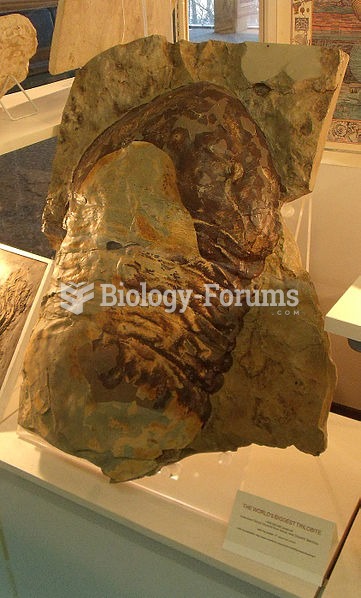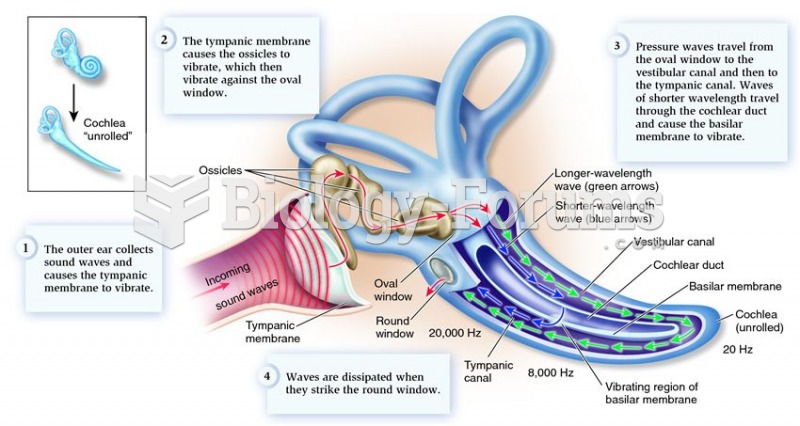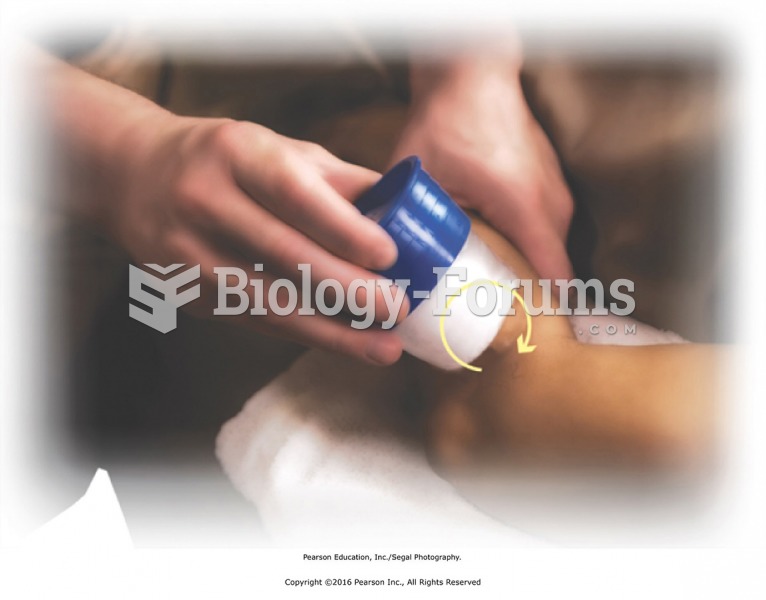This topic contains a solution. Click here to go to the answer
|
|
|
Did you know?
Drugs are in development that may cure asthma and hay fever once and for all. They target leukotrienes, which are known to cause tightening of the air passages in the lungs and increase mucus productions in nasal passages.
Did you know?
The ratio of hydrogen atoms to oxygen in water (H2O) is 2:1.
Did you know?
Many supplement containers do not even contain what their labels say. There are many documented reports of products containing much less, or more, that what is listed on their labels. They may also contain undisclosed prescription drugs and even contaminants.
Did you know?
Between 1999 and 2012, American adults with high total cholesterol decreased from 18.3% to 12.9%
Did you know?
There are more sensory neurons in the tongue than in any other part of the body.
 Cast of Isotelus rex, the largest known trilobite from the middle to upper Ordovician of North Ameri
Cast of Isotelus rex, the largest known trilobite from the middle to upper Ordovician of North Ameri
 A partial stream sampling exhaust probe being used to measure exhaust gases in parts per million ...
A partial stream sampling exhaust probe being used to measure exhaust gases in parts per million ...





